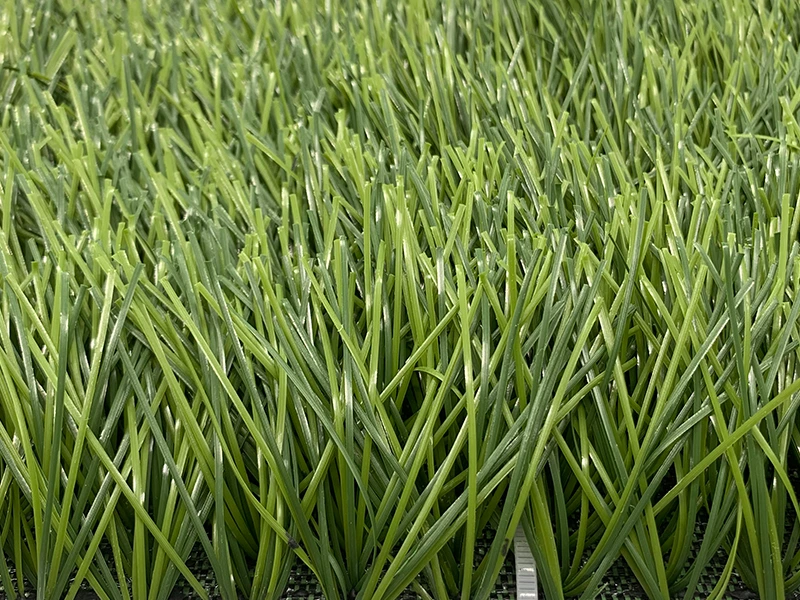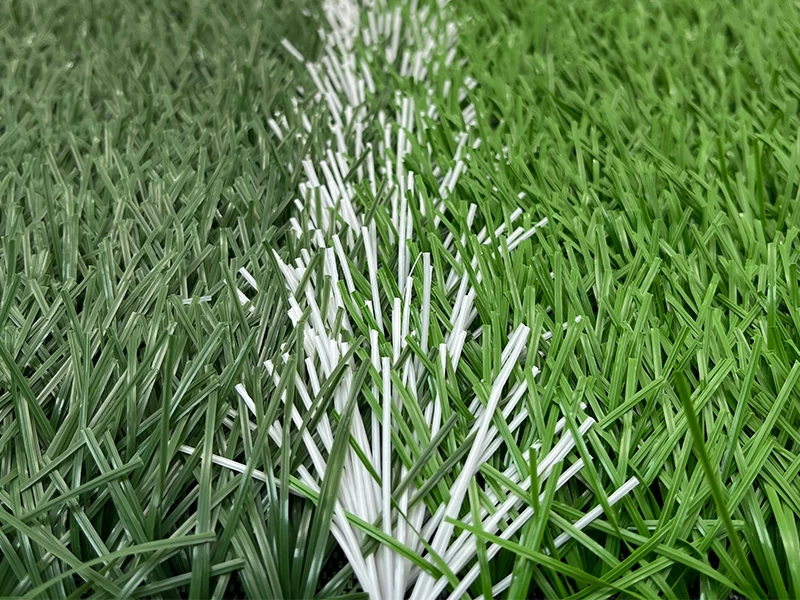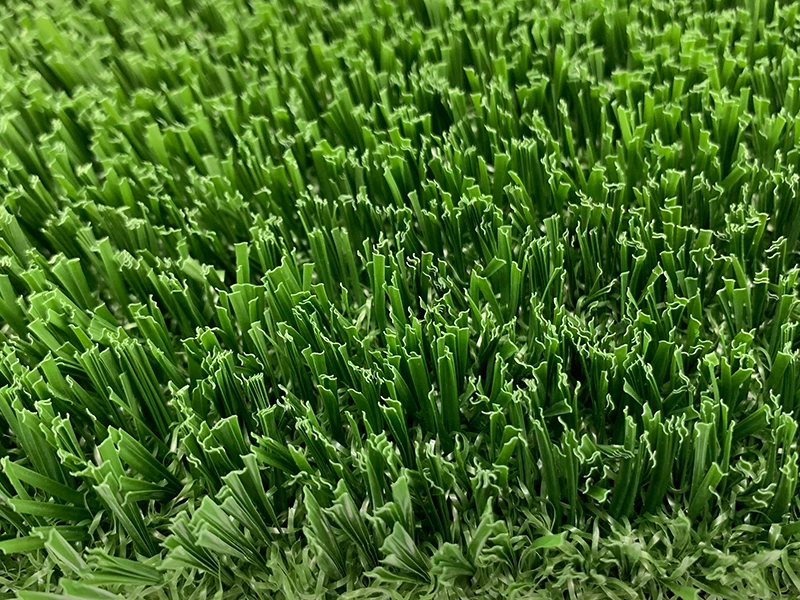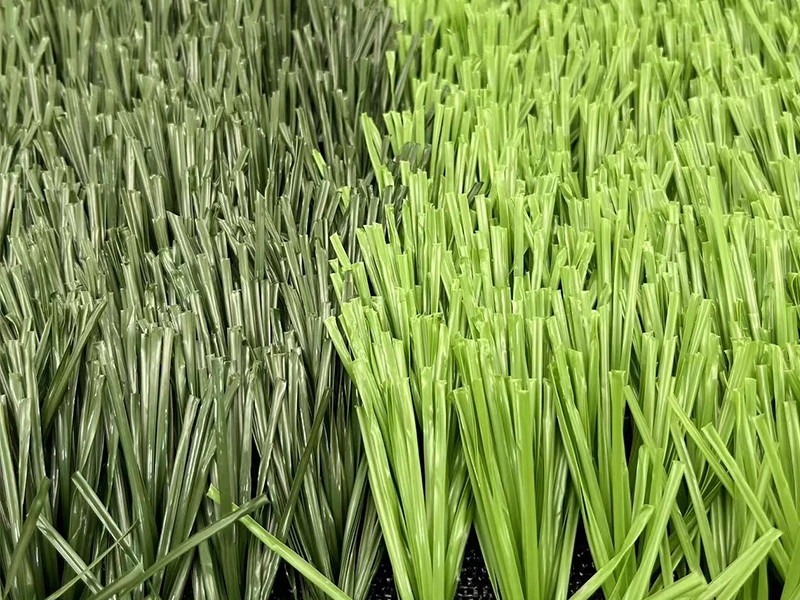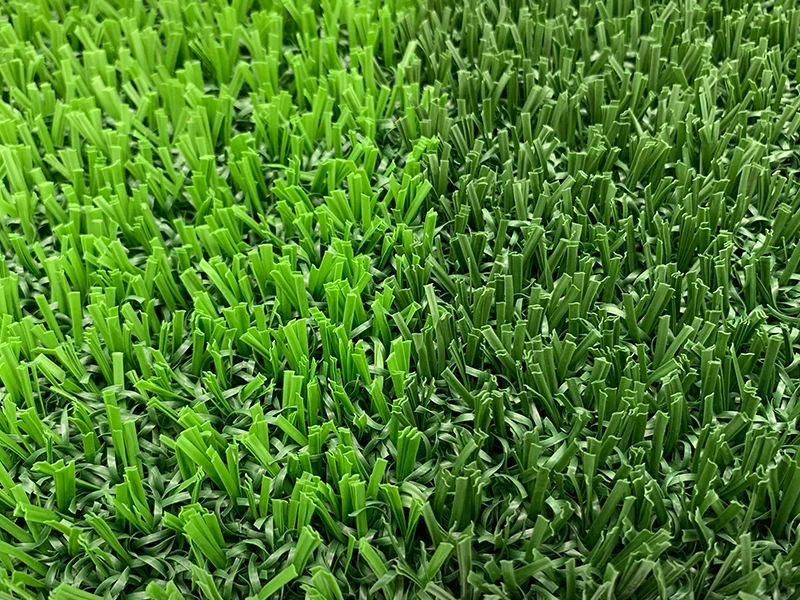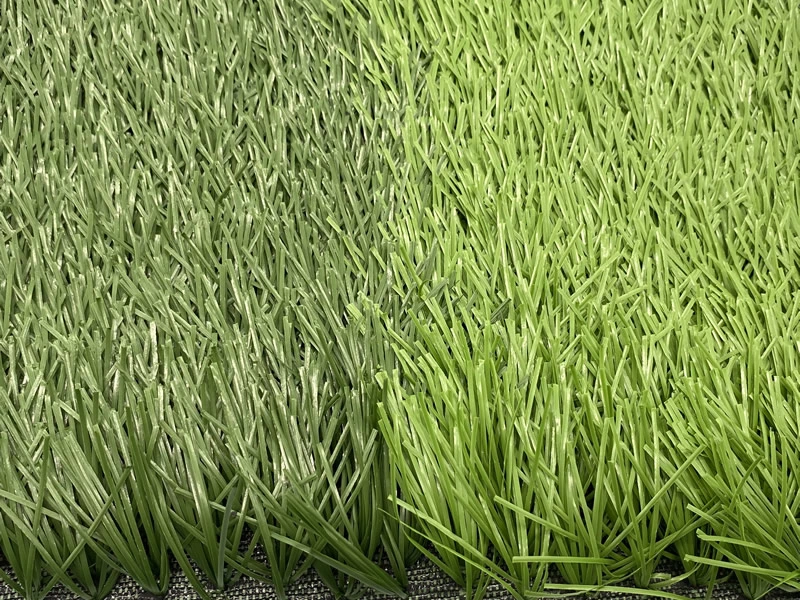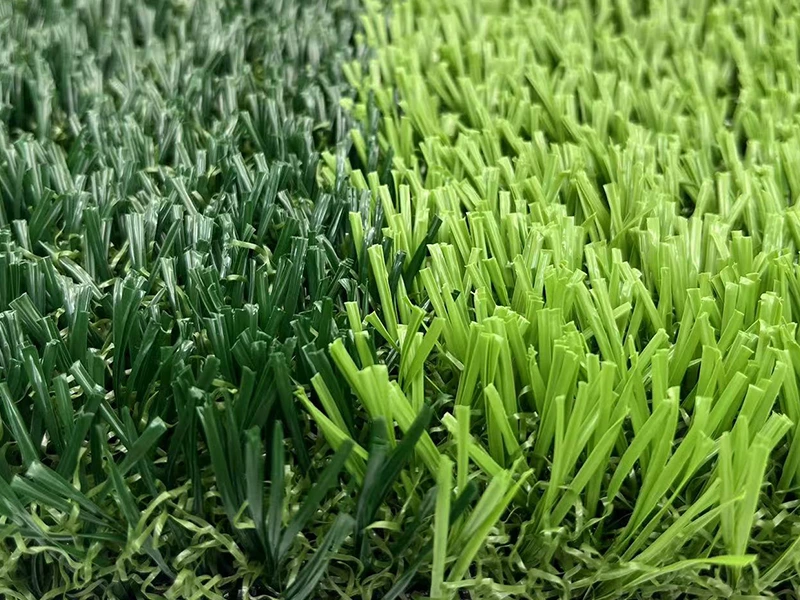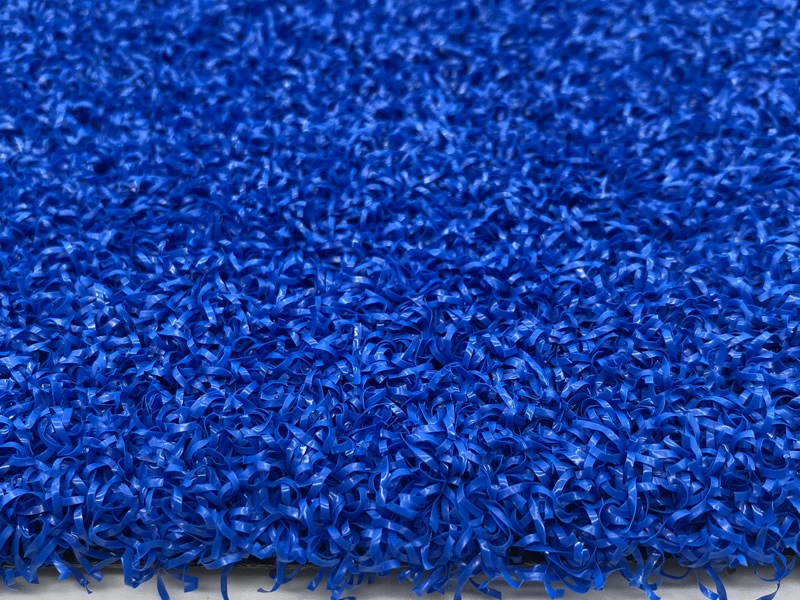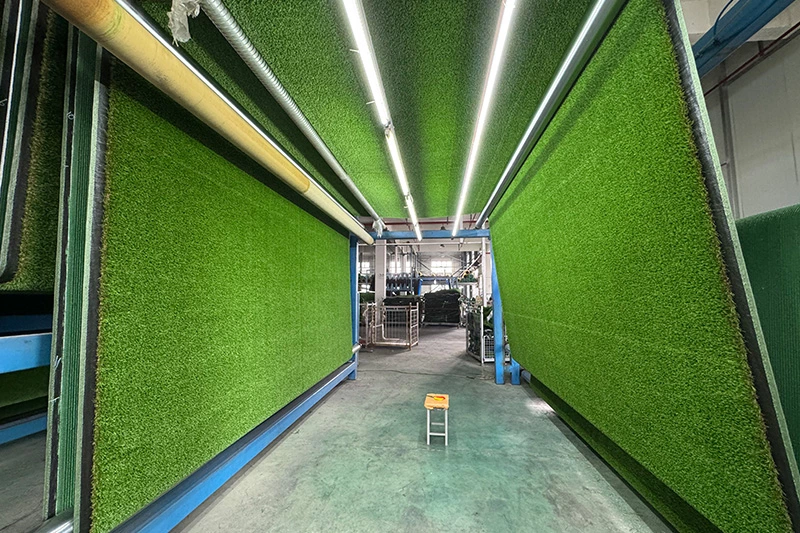
UNIGRASS Sports Artificial Grass Size and Price
We offer two regular roll sizes: 2m wide × 25m long and 4m wide × 25m long to meet the paving needs of different venues.
The price of artificial grass varies depending on factors such as grass height, density, fiber material, etc., and the selling price is between US$4.6 and US$11 per square meter.
The following is the price range corresponding to different sizes of rolls:
2m x 25m = 50㎡, the price range is: US$230 - US$550/roll
4m x 25m = 100㎡, the price range is: US$460 - US$1100/roll
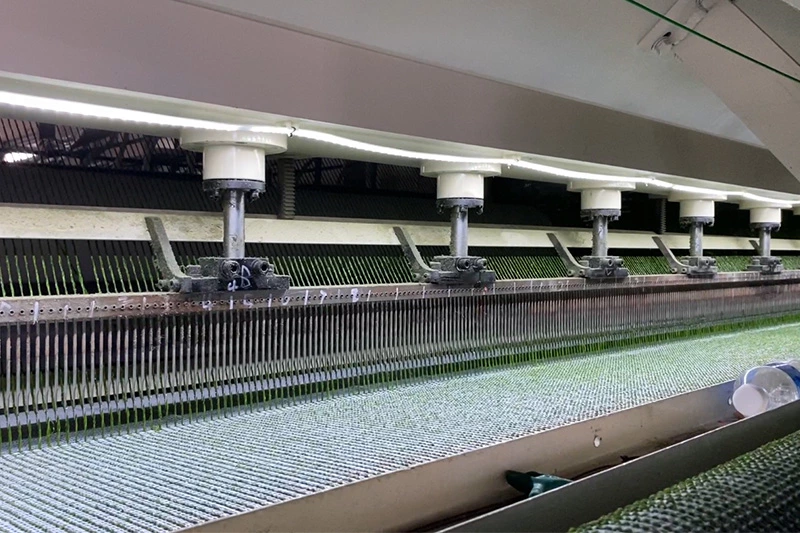
Sports Grass Factory Technology
High-precision grass strand extrusion technology
Imported automatic extrusion lines, it supports customization of various types such as straight strands, curved strands, monofilaments, mesh strands, etc.
High-speed weaving process
High-density weaving equipment (supporting 5/8", 3/8", 3/4") can achieve precise punching of more than 20,000 needles per square meter.
Adhesive coating system
Adopts fully automatic adhesive coating equipment, supporting SBR latex and PU adhesive systems.
UV & anti-aging treatment
In the production process of grass yarn, UV anti-ultraviolet masterbatch and antioxidants are added to effectively extend the life of the lawn.
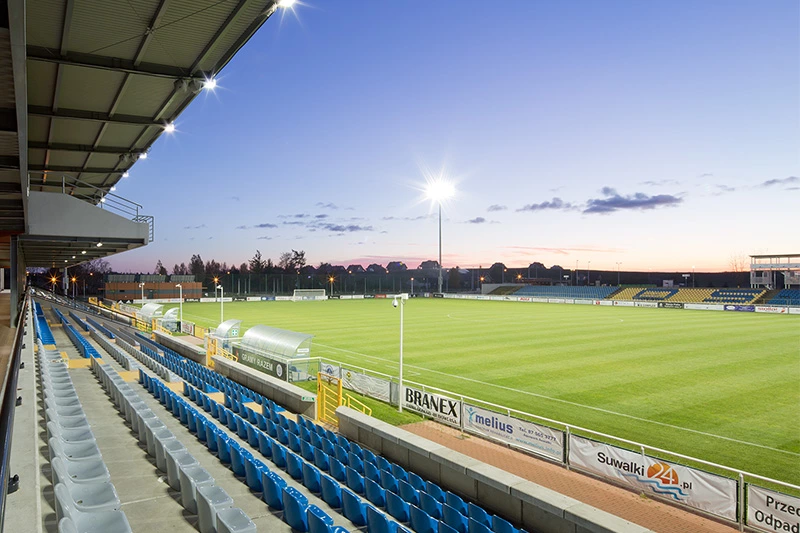
Multi-Sports Artificial Turf Manufacturer
UNIGRASS is a leading global sports turf solution provider, dedicated to providing high-performance, durable artificial grass products for football, rugby, baseball, hockey, tennis, cricket and multi-purpose venues. Our factory is equipped with advanced equipment, intelligent production systems and strict quality control processes to ensure that every strand of grass meets international sports standards.
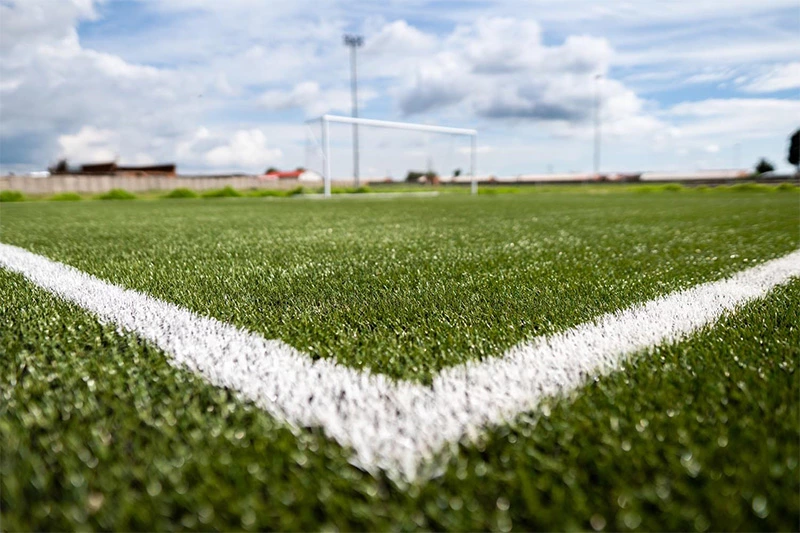
Why Choose Our Sports Grass?
Meet the needs of professional competitions
High simulation and fine design meet the performance requirements of modern football for turf.
Improve sports performance and safety
With good ball rebound and shock absorption technology, it protects players' joints and reduces the risk of injury.
Excellent manufacturing technology
Passed international certification, it adopts advanced fiber structure design to improve wear resistance, anti-slip and sports comfort.
Environmental protection and durability
Adopt environmentally friendly materials and energy-saving technology to reduce replacement frequency and maintenance costs.
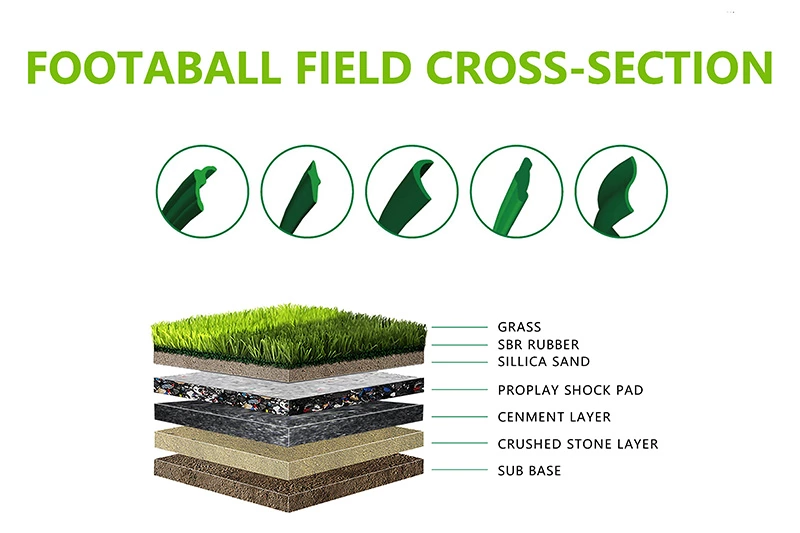
UNIGRASS Sports Field Turf Structural Foundation
Lawn: The top layer is the green artificial turf we see.
SBR rubber + silica sand filling: The filling material laid in the lawn increases elasticity and stability, making exercise more comfortable.
PROPLAY shock pad: A layer of soft pad under the lawn that acts as a buffer to protect athletes.
Cement layer: Provides a flat and solid foundation to make the upper layers more stable.
Gravel layer: Increases drainage to prevent water accumulation on the field.
Subbase (geotextile/compacted soil layer): The bottom layer is used to stabilize the foundation as a whole and prevent settlement.
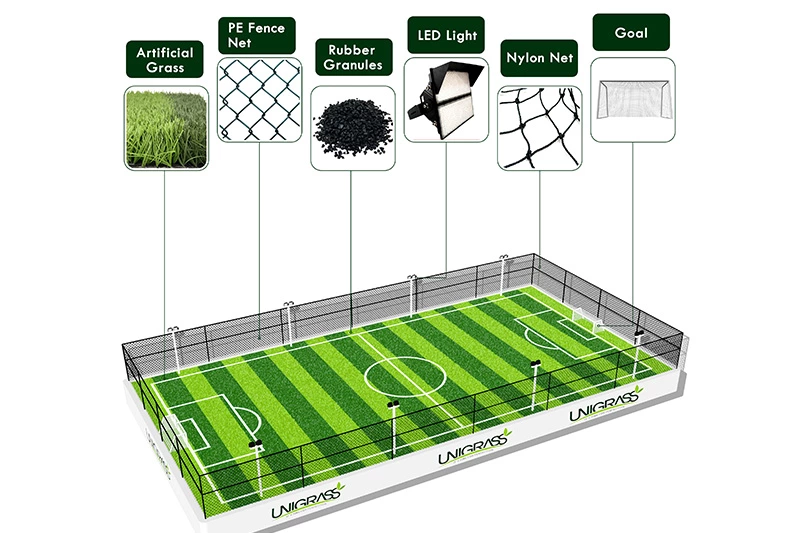
UNIGRASS — One-stop stadium overall solution expert
At UNIGRASS, we not only provide high-quality sports artificial turf, but also strive to create a complete and high-standard stadium supporting system for customers. From site design, turf laying, auxiliary materials to fences, lights, markings and edge finishing, we provide a full range of one-stop services to meet the customized needs of various sports venues.
Whether it is football, rugby, tennis, or multi-functional stadiums such as padel and basketball, UNIGRASS can tailor it for you. From raw material selection to on-site construction, every detail has been carefully designed and polished to ensure the efficient implementation of the project and help customers achieve professional sports experience.
Leave Us Your Info
UNIGRASS, a fully professional experience factory with more than 10 years of research and development experience, provides you with one-stop sports and leisure grass and a full set of facilities.
This site uses cookies
We use cookies to collect information about how you use this site. We use this information to make the website work as well as possible and improve our services.
